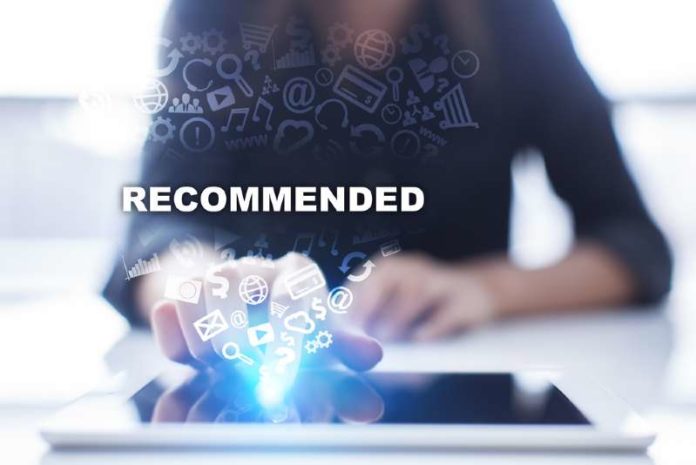If you’re interested in increasing your revenue, there are a few potential approaches you could take. One of the most straightforward is to attract new customers, oftentimes investing in marketing and/or advertising to increase your reach. However, this can be expensive, and may not yield the results you want. Instead, or in addition to this approach, you can leverage a series of techniques that help you sell more to the customers you already have.
Selling to Existing Customers
Assuming you already have a significant base of loyal customers, you should be able to motivate them to buy more from you—or buy from you in new ways.
These are some of the most effective techniques you can use to accomplish this:
- Sell related products. Depending on what you’re selling, there are likely related products you could sell in line with your primary product. For example, let’s say you sell razor blades for shaving. For an optimal shaving experience, people often rely on things like face cleanser and moisturizer. Packaging these additional products with your core product can result in higher sales volume, but also a better experience for your customer. In a restaurant setting, these could be things like appetizers and desserts; they aren’t the “core” experience you’re selling, but serve to enhance that core experience.
- Add new, optional features. If you’re selling software or a service, you can do something similar by adding new, optional features. For example, let’s say you sell software designed to facilitate email marketing, and the normal price is $50 per user, per month. You could introduce a machine learning algorithm that automatically writes new email content, and make it available for an additional $10 per month.
- Promote gifts. If you sell products that people don’t need on a regular basis, like if they’re typically a one-time purchase, you can generate more revenue from your existing customers by promoting the idea of gifts—or purchases for other people. For example, let’s say you sell a culinary knife that’s designed to last forever with the proper care. Customers who have already purchased a knife for themselves will hopefully never need to buy another knife from you; but you can incentivize them to make a new purchase by recommending that they buy a knife for a friend or family member as a gift.
- Offer consultative services. Depending on the nature of your business, you may be able to offer consultative services for an additional fee, or services related to your product. For example, if you sell marketing software, you might be able to provide a marketing consultation or direction on campaign development for an additional fee.
- Make smart recommendations. This tip is most effective if you have lots of consumer data to work with. Over time, as you get to know your customers better, you’ll be able to make smarter recommendations for items they can buy next. For example, if they show a pattern of behavior buying items and accessories related to guitars, you can recommend things like picks and straps, based on that recent shopping behavior. Your best bet here is to employ the use of a machine learning algorithm.
Keys to Success
While executing these techniques, you’ll need to follow these important keys to success:
- Know your audience. First, you need to know your audience and understand what they may want. If you’re leveraging a machine learning recommendation algorithm, this work can be done for you. Otherwise, you’ll need to do demographic research and/or issue customer surveys to get a feel for the types of products or services they may be interested in. People aren’t going to buy something unless they have a good reason.
- Improve visibility. Additionally, your customers won’t be able to purchase new products or services from you if they aren’t aware that those options exist. Much of your responsibility is to increase the visibility of your deals, with the help of content marketing, targeted advertising, email marketing, and more.
- Make each purchase valuable. You’re going to win (and keep) more customers if the new products, services, and features you offer are valuable. If you’re charging your customers an additional $25, they should feel like they’re getting $25 of value. If they feel like they made an impulsive decision that wasn’t worth it, they may be reluctant to buy from you in the future.
Prioritizing Customer Loyalty
It costs somewhere between 5 to 25 times as much to acquire a new customer as it does to keep your existing customers. Customer retention is therefore your highest priority in most cases. Whatever strategies you employ to upsell or cross-sell your customers, make sure their satisfaction and loyalty remain intact.
Jenna Cyprus is a freelance writer from Renton, WA who is particularly interested in travel, nature, and parenting. Follow her on Twitter.
Customers stock photo by Wright Studio/Shutterstock







